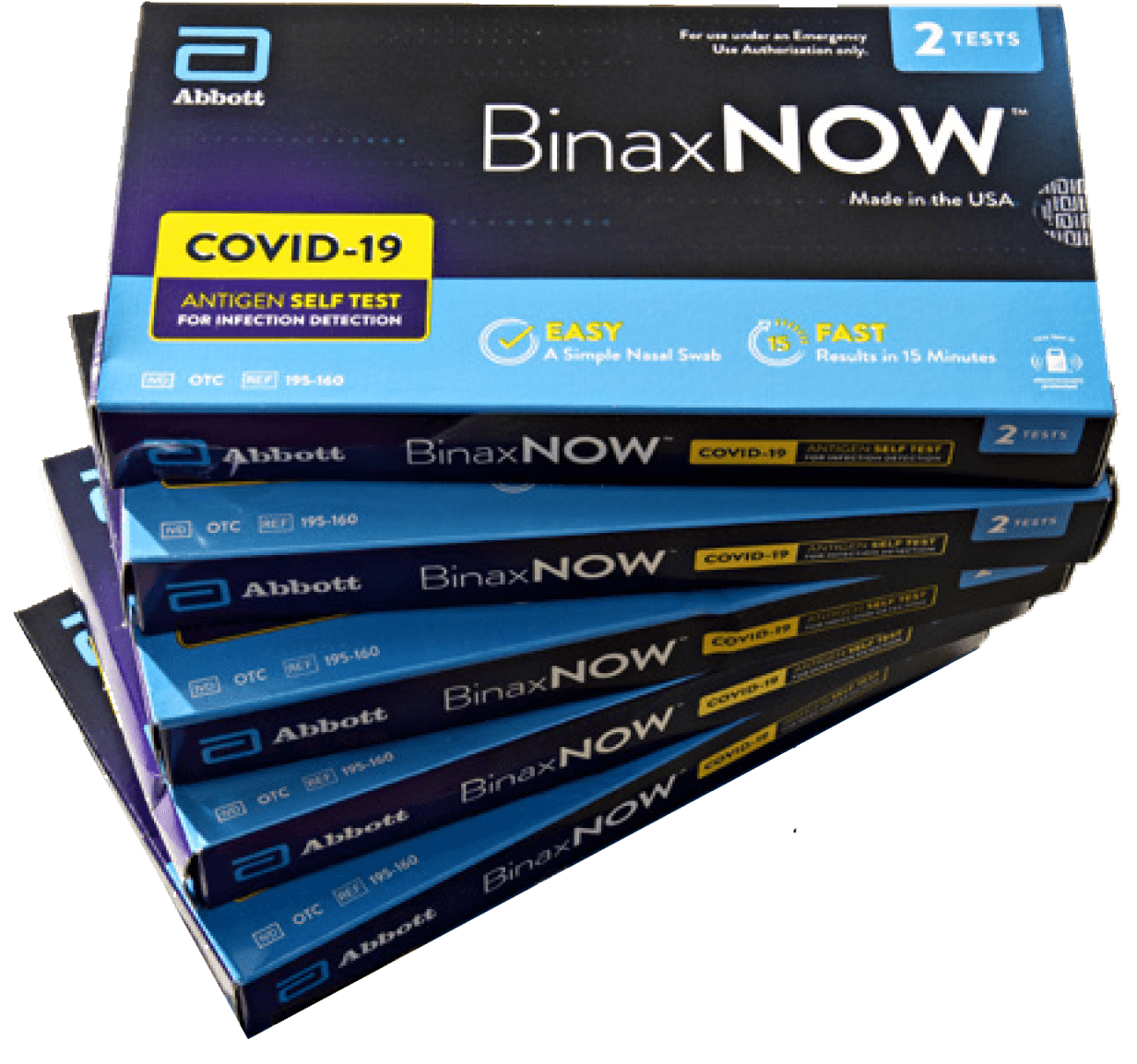In the News
MEDICARE COSTS TO FALL FOR MANY
Good news for many Medicare enrollees: Average monthly premiums for Medicare Part D and Medicare Advantage plans will fall in 2025.
The average monthly premium for a stand-alone Part D prescription plan is projected to be $40 next year, a decline of $1.63, or nearly $20 annually, the Centers for Medicare & Medicaid Services (CMS) said in September.
Average Medicare Advantage monthly premiums are expected to decrease by $1.23 a month to $17 in 2025. Medicare Advantage members must be enrolled in Parts A and B of Medicare. Part A is free if a person or their spouse has paid Medicare taxes for at least 40 quarters, the equivalent of 10 years. Part B premiums are recalculated every year.
About 60 percent of Medicare Advantage enrollees who stay in their current plan will have no MA premium next year, CMS officials say. The agency projects that more than 4 in 5 enrollees will have the same or lower premiums in 2025 if they stay with the same plan.
$2,000
Cap for out-of-pocket spending for covered drugs
Even though average premiums aren’t rising, Part D and Medicare Advantage plans can make other changes to drug lists and costs, so it’s important to compare plans during open enrollment, which runs through Dec. 7.
The slight reduction in Part D coverage and in Advantage plan premiums is not the only good news for Medicare beneficiaries in 2025. One of the most significant changes to the prescription plans will take effect next year when out-of-pocket spending for covered drugs will be capped at $2,000, far less than what someone with high medication costs pays this year.
Average premiums could be lower next year in part because of a monetary incentive that CMS is giving insurers to keep enrollees’ monthly bills stable.
People with Medicare will have access to an average of 15 Part D plans and 34 Medicare Advantage plans with prescription drug coverage. New plans take effect Jan. 1.
GET FREE IN-HOME COVID TESTS

After a surge in summer COVID-19 infections and with another wave anticipated this winter, the federal government has renewed its free at-home coronavirus testing program.
Every American household can get four antigen tests delivered directly to their home at no cost.
“Taking a quick test is a great way for all of us to keep our friends, family and loved ones protected,” says Dawn O’Connell, assistant secretary for preparedness and response at the U.S. Department of Health and Human Services, which oversees the program.
Testing for COVID-19 can help you get treatment on time and “reduce your risk of severe illness,” the program’s online platform states. It’s also a good way to help prevent the virus from spreading as families and friends gather indoors.
The tests will detect current variants and can be used through the end of the year.
To get your tests, visit covidtests.gov.
Spray Flu Vaccine Approved, but Not Yet for People 50+
There’s a new way coming for people to protect themselves from the flu without a shot or doctor’s visit. But for now, it’s only for those under 50 years old.
Still, older Americans should be heartened about the news, health care experts say.
The U.S. Food and Drug Administration recently approved a nasal spray flu vaccine, called FluMist, for people ages 2 to 49. Once it’s available next year, it can be ordered from an online pharmacy and administered at home.
FluMist has not been approved for adults 50 and older. In clinical trials, researchers found that the vaccine was not as effective in people 50-plus.
Even though older adults aren’t eligible for the at-home nasal vaccine, it will still benefit them. That’s because the vaccine will likely appeal to school-age children and busy individuals who can’t take time off work. And vaccinating more young people against influenza will help boost community immunity, health care experts say.
CDC: Many Struggle With Rx Costs
About 9 in 10 adults 65 and older in the United States take prescription medication to manage health conditions such as diabetes, heart disease and arthritis, according to a new report from the Centers for Disease Control and Prevention. But the CDC says some older Americans skip doses or delay refills to save money.
Using data from the 2021–2022 National Health Interview Survey, researchers found that 89 percent of older adults took prescription medication in the previous 12 months. But roughly 4 percent of older adults who were prescribed medication did not fill that prescription, citing the cost, the report shows.
Other data suggests many more struggle with high drug prices. A 2019 poll from the health policy nonprofit KFF found that nearly a quarter of adults age 65-plus report difficulty affording their prescription drugs, and a study published in 2023 in JAMA Network Open found 1 in 5 older adults don’t take medication as prescribed because of the cost.
CDC researchers found that individuals living with several chronic health conditions were more likely than those with fewer health issues to engage in cost-saving strategies. Older adults with no prescription drug coverage were more likely to go without their prescription medication than people with insurance coverage.
BUZZED BOOMERS

One in 5 Americans 50-plus used some form of cannabis in the past year, says the University of Michigan’s National Poll on Healthy Aging. That’s up from 1 in 8 in 2021. Users cite help with sleep and dealing with stress and pain relief as benefits of pot use.